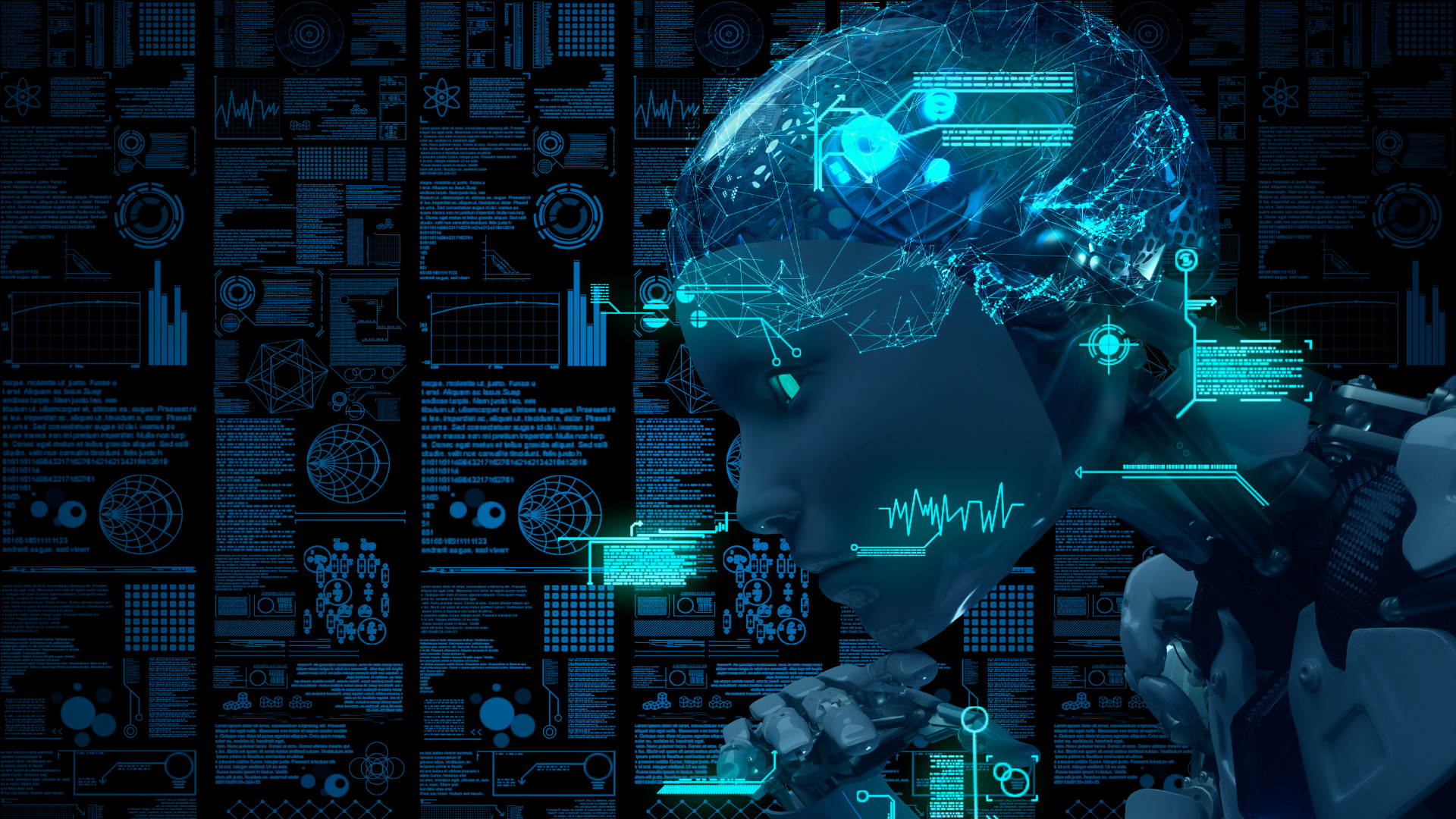Artificial intelligence (AI) is a technology that has the potential to change the world. It’s not just a futuristic dream anymore; it is here and real. Fortunately, AI isn’t just restricted to big companies or labs. You can use it too if you know how.
In this article, we will introduce you to a new way to build AI that’s accessible and applicable to everyone. Yes, we are talking about Deep Learning, so let’s dive into it.
What Is Deep Learning?
Deep learning is a relatively new way of building artificial intelligence that uses deep neural networks. These networks are made up of many layers of interconnected processing nodes, and they can learn complex tasks by “learning” from data examples. Deep learning has the potential to make AI much more powerful and versatile than traditional methods, but it is still in its early stages and has some significant limitations.
How Does Deep Learning Work?
It is a machine learning approach that uses deep neural networks. Deep neural networks are a type of artificial intelligence network that consists of many layers of neurons. The original purpose of deep neural networks was to model the workings of the brain. Still, they have been used in other areas, such as image recognition and natural language processing.
To create a deep neural network, you first must define what you want it to learn. You do this by specifying the input data, the desired output, and the training set. The input data is the information that will be used to train the network, and it will be different for every installation or application. The desired output is what you want the network to produce, which will also differ for every installation or application. The training set is a collection of examples that have been pre-processed so that they can be used as inputs into the neural network.
Training a neural network is a crucial step in its development. This process involves providing the network with extensive datasets and allowing it to analyze and learn from this data. As the network evolves, it becomes adept at recognizing patterns within the data, a fundamental aspect of deep learning. To elevate the training process to a more advanced and large-scale level, leveraging a multi-cloud system is a strategic move. Multi-cloud systems offer several advantages, including the capacity to handle substantial volumes of data, rapid data processing capabilities, and scalability. This results in faster training cycles and enhanced accuracy. If you want to learn more about what is multi-cloud and its benefits, you can consider reading articles on f5.com or similar websites.
What Are The Benefits of Deep Learning?
Deep learning algorithms are a cutting-edge way to build artificial intelligence. They allow computers to learn from data the same way humans do, so they can interpret and respond to information in ways that resemble human thought.
One of the most powerful benefits of deep learning is its ability to change how AI is created. Deep learning algorithms can create more intelligent computer systems, making them better at completing tasks and recognizing patterns.
Deep learning has also been used to power some of the most successful AI applications today, like Google Translate and Facebook’s autocompleting feature. By understanding natural language and recognizing patterns in large datasets, these applications can improve over time as they become more experienced.
What Are the Different Types of Deep Learning Models?
A neural network is a machine learning model that uses interconnected nodes or neurons to learn Patterns in data. There are different deep learning models, but all use a neural network to process data. The different types of deep learning models include:
Convolutional Neural Networks (CNNs)
CNNs are the most basic type of deep learning model, and they are used for object recognition, facial recognition, and other similar tasks.
Recurrent Neural Networks (RNNs)
RNNs are similar to CNNs in that they use filters to extract features from the data and then use these features as inputs into another layer in the network.
Deep Belief Networks (DBNs)
DBNs are similar to RNNs in that they allow memories to be stored between layers but differ in how information is processed.
Self-Organizing Maps (SOM)
SOMs are used for visualization and exploratory data analysis of high-dimensional datasets.
Artificial intelligence is one of the most popular subjects in technology today, and for a good reason. With the ability to automate many everyday tasks, AI has the potential to change our lives for the better. However, several challenges must be overcome before AI can take off. So whether you’re interested in what’s happening with AI or want to be educated on the subject, I hope this article was helpful.
